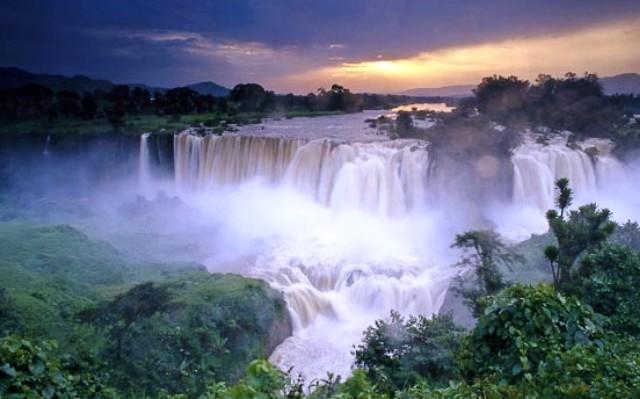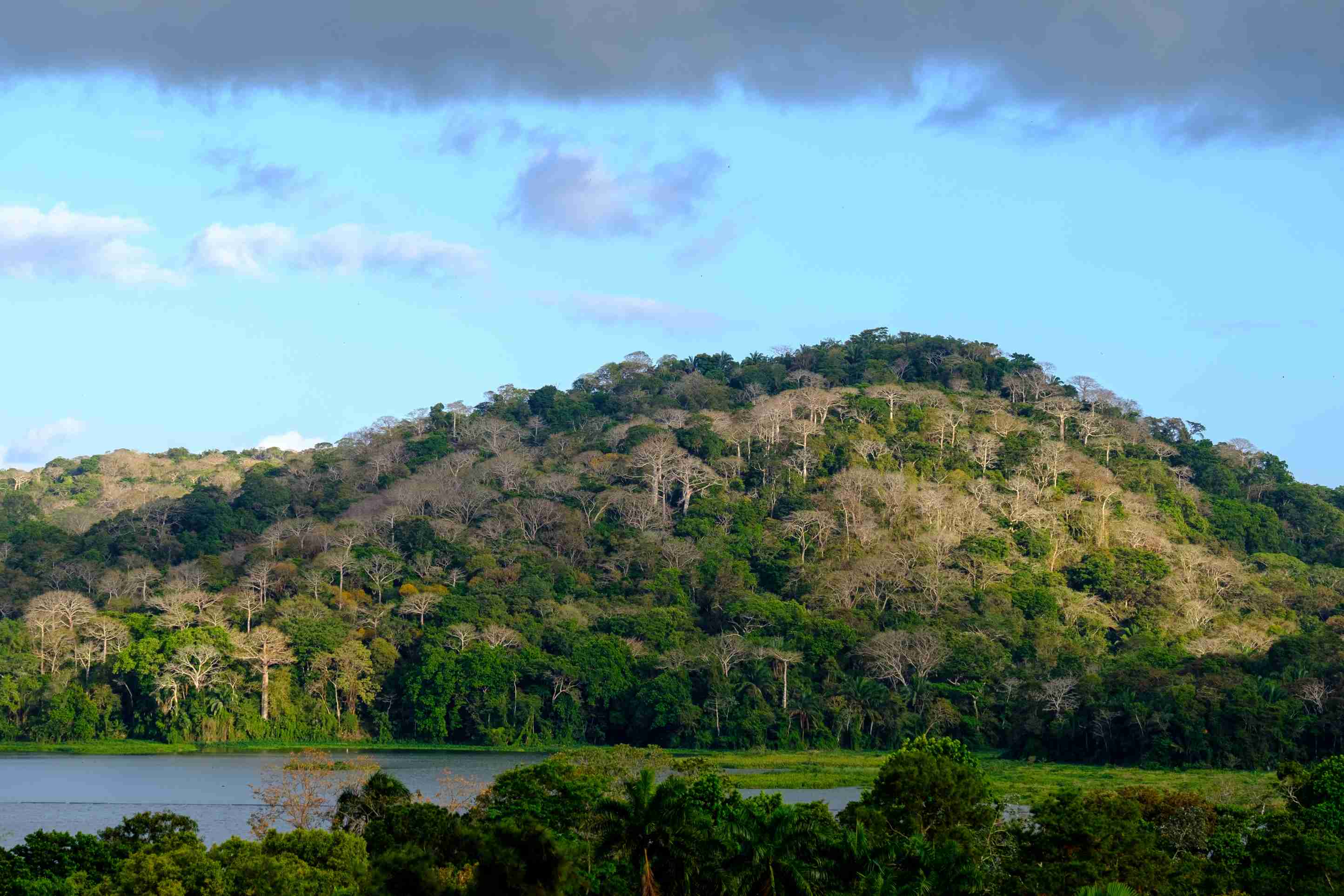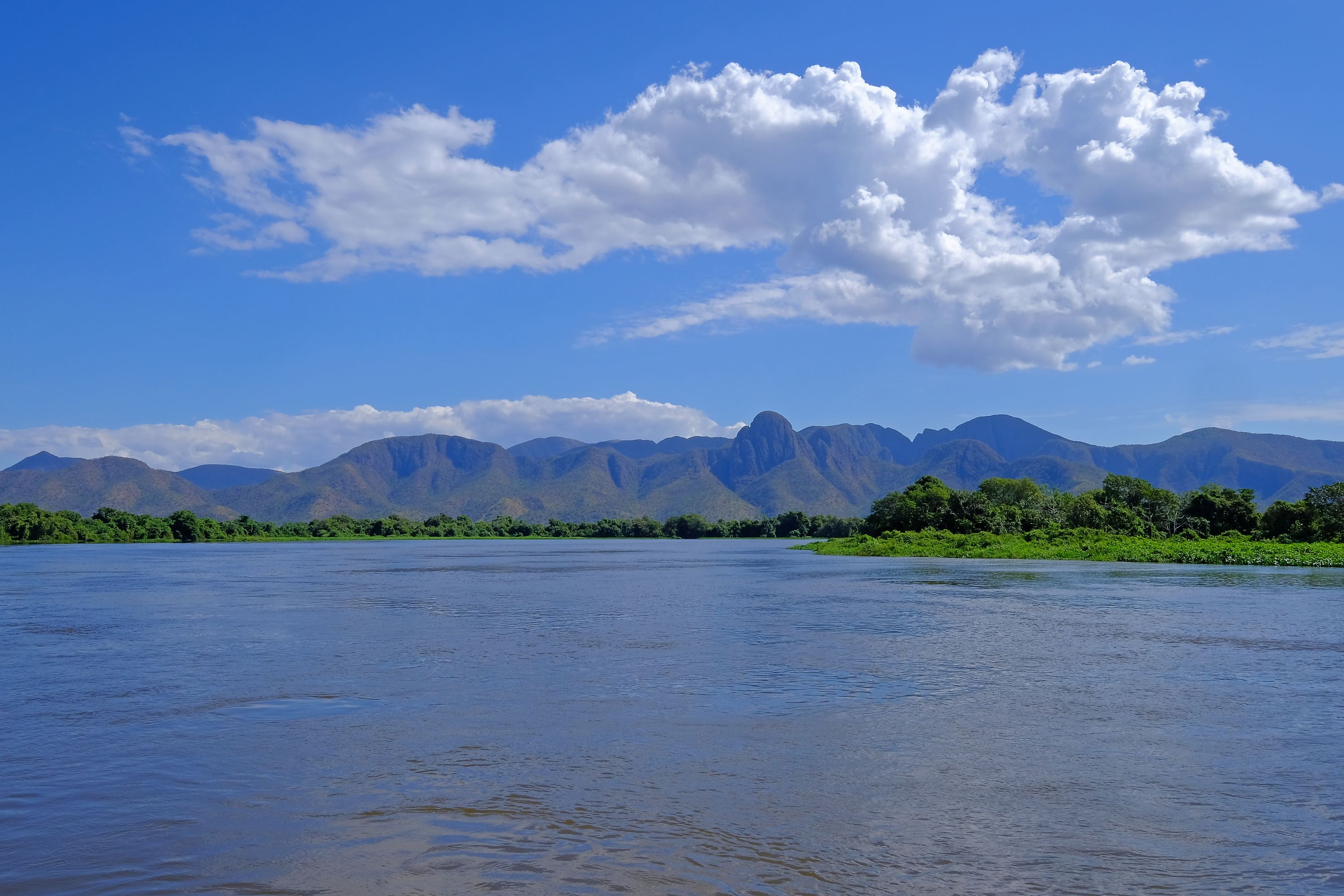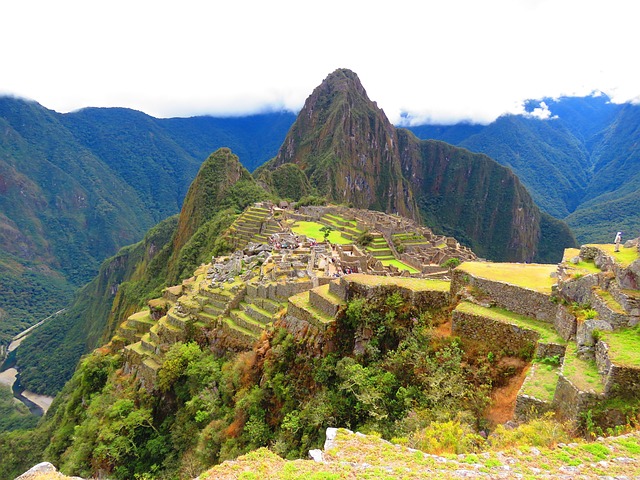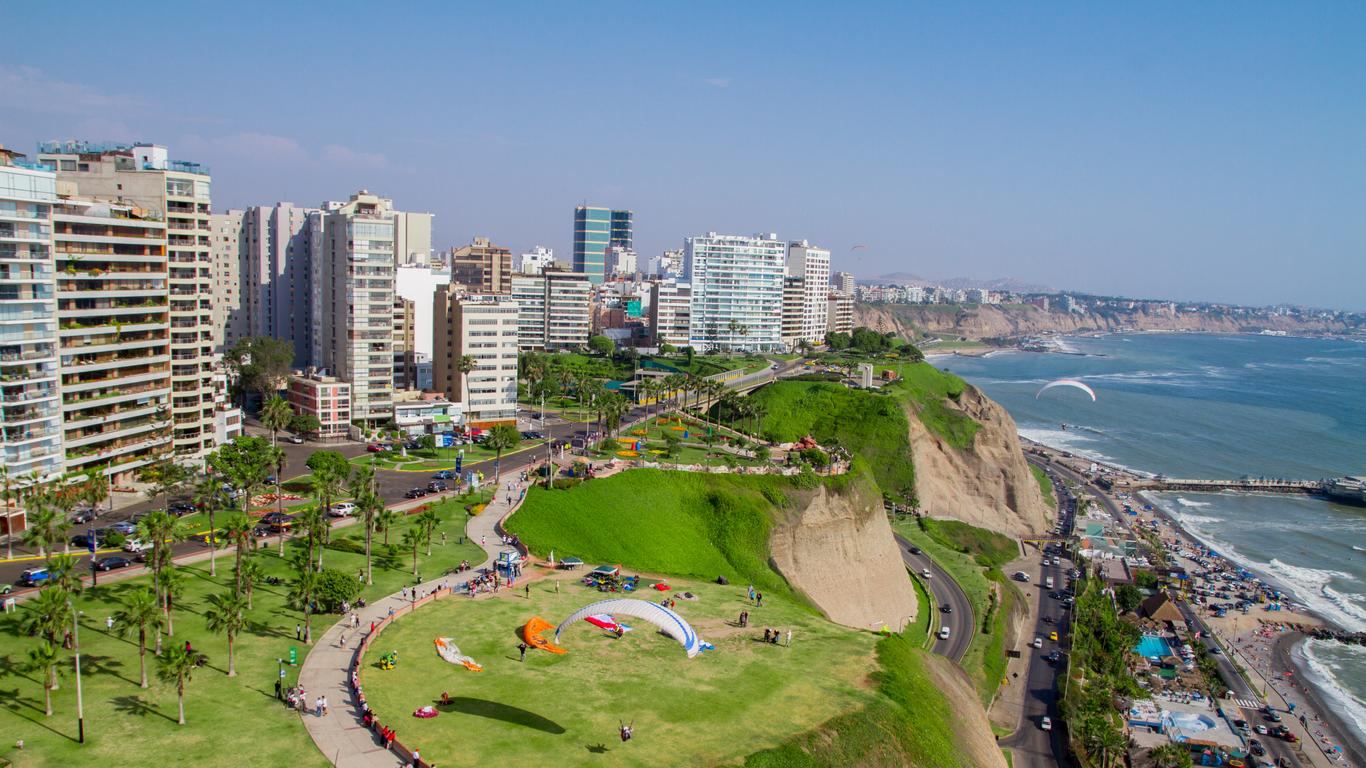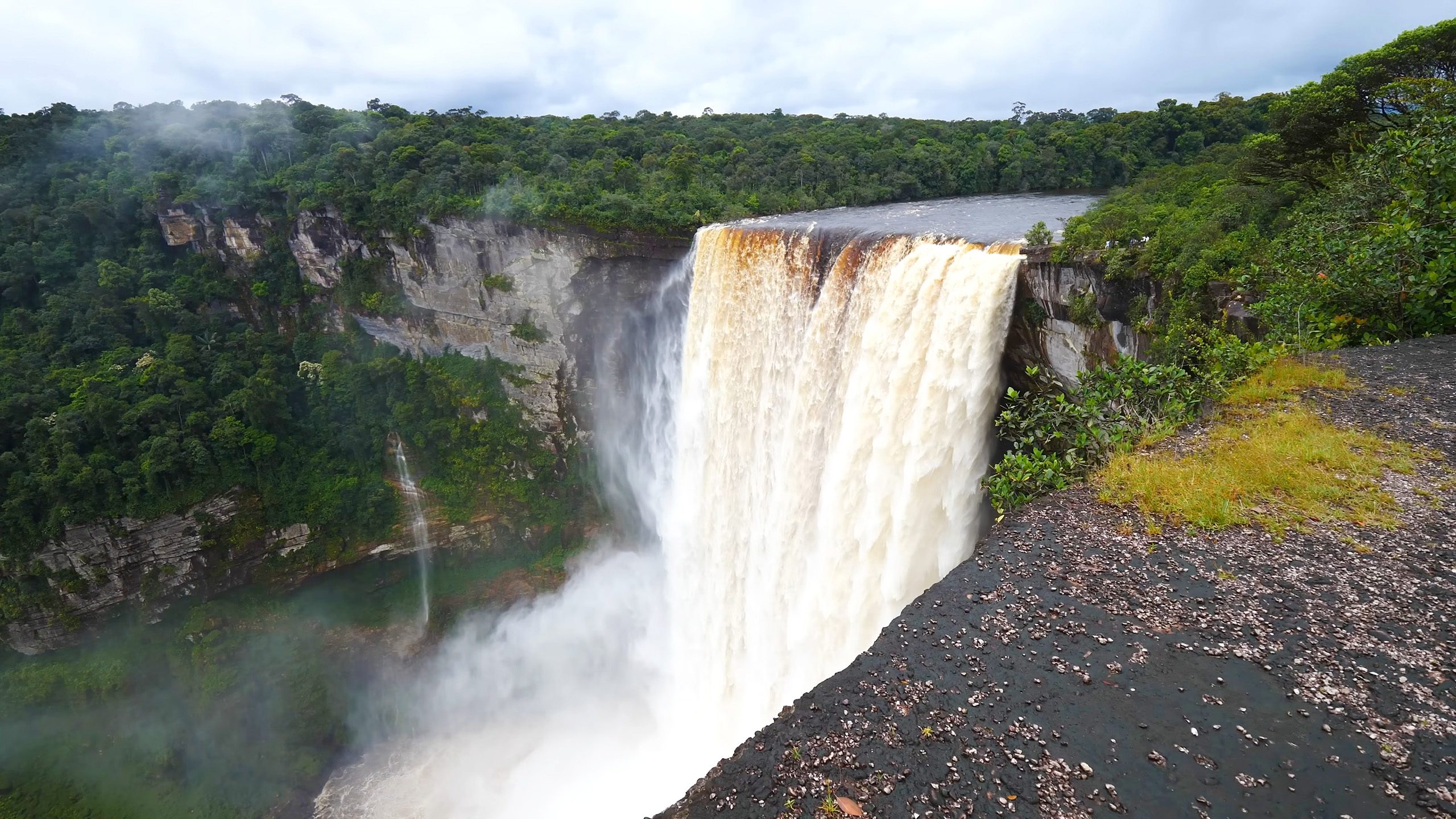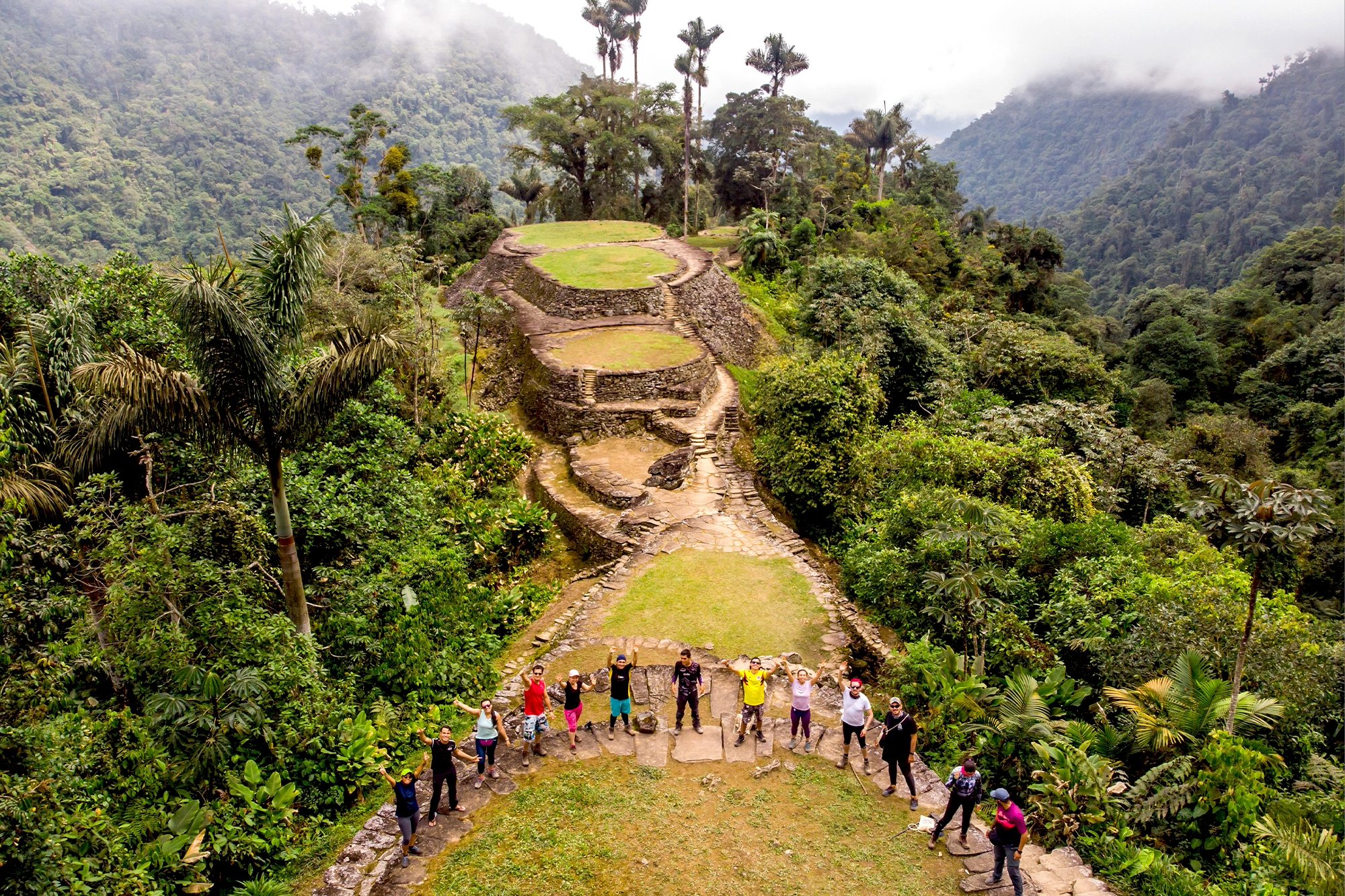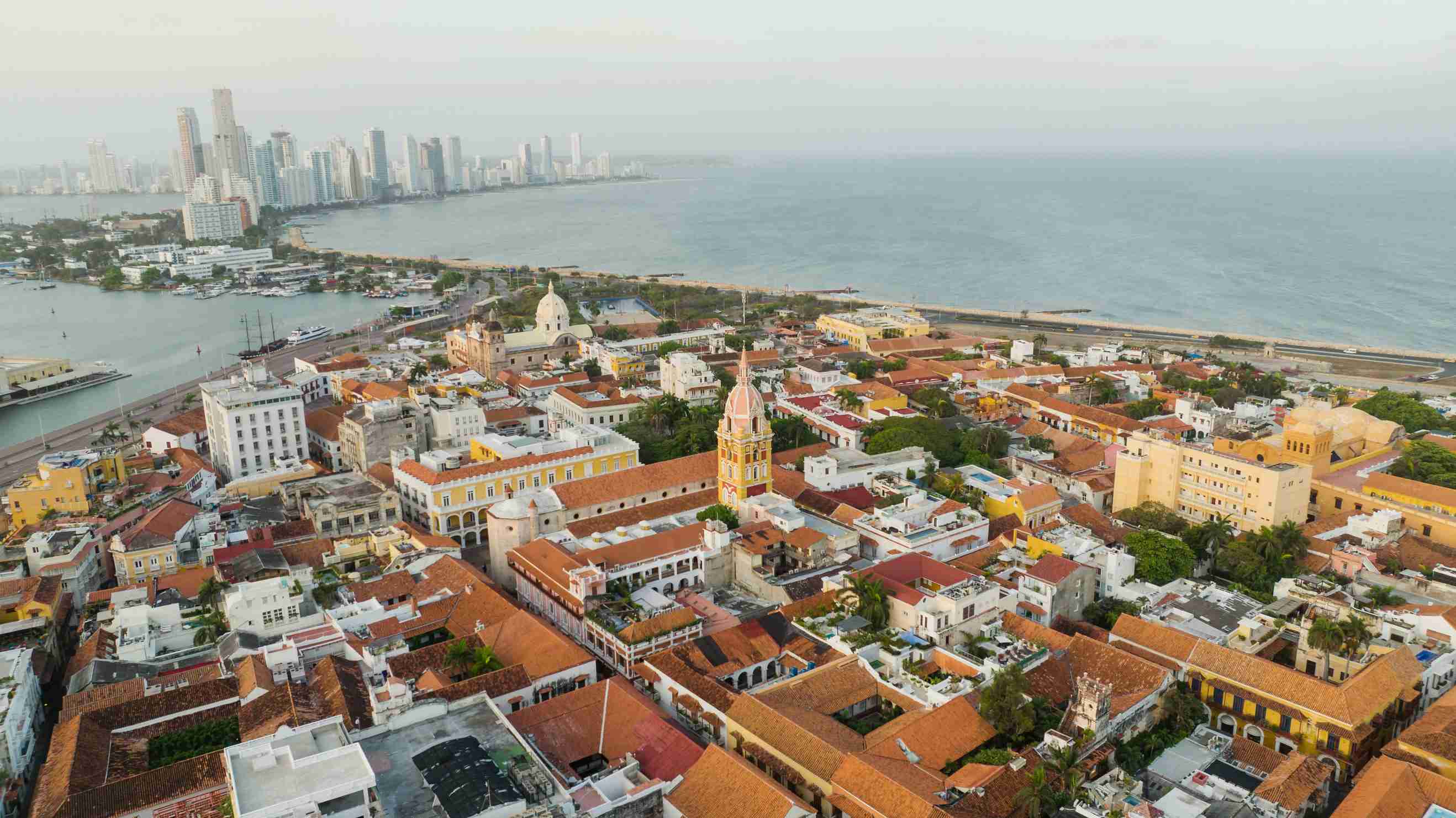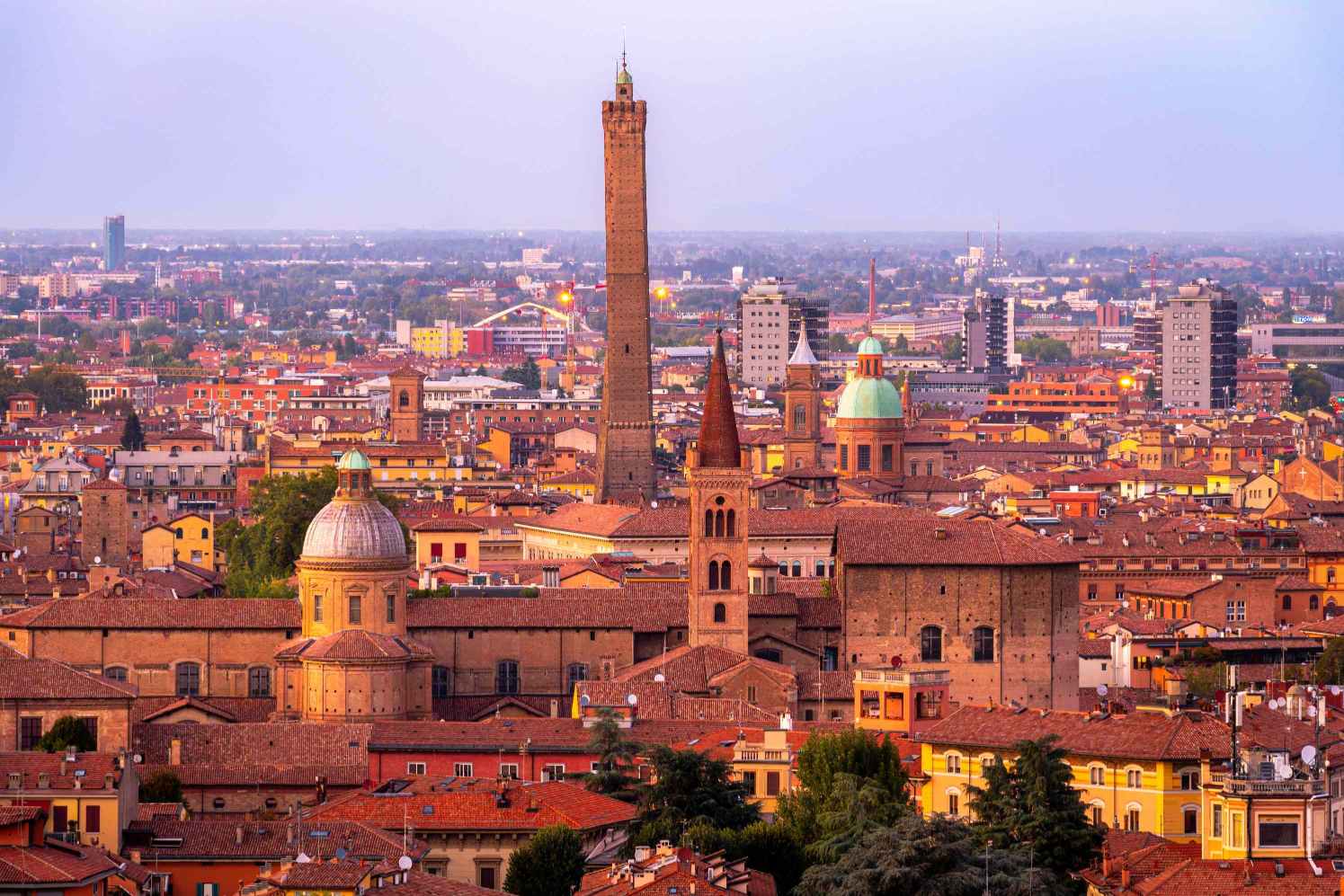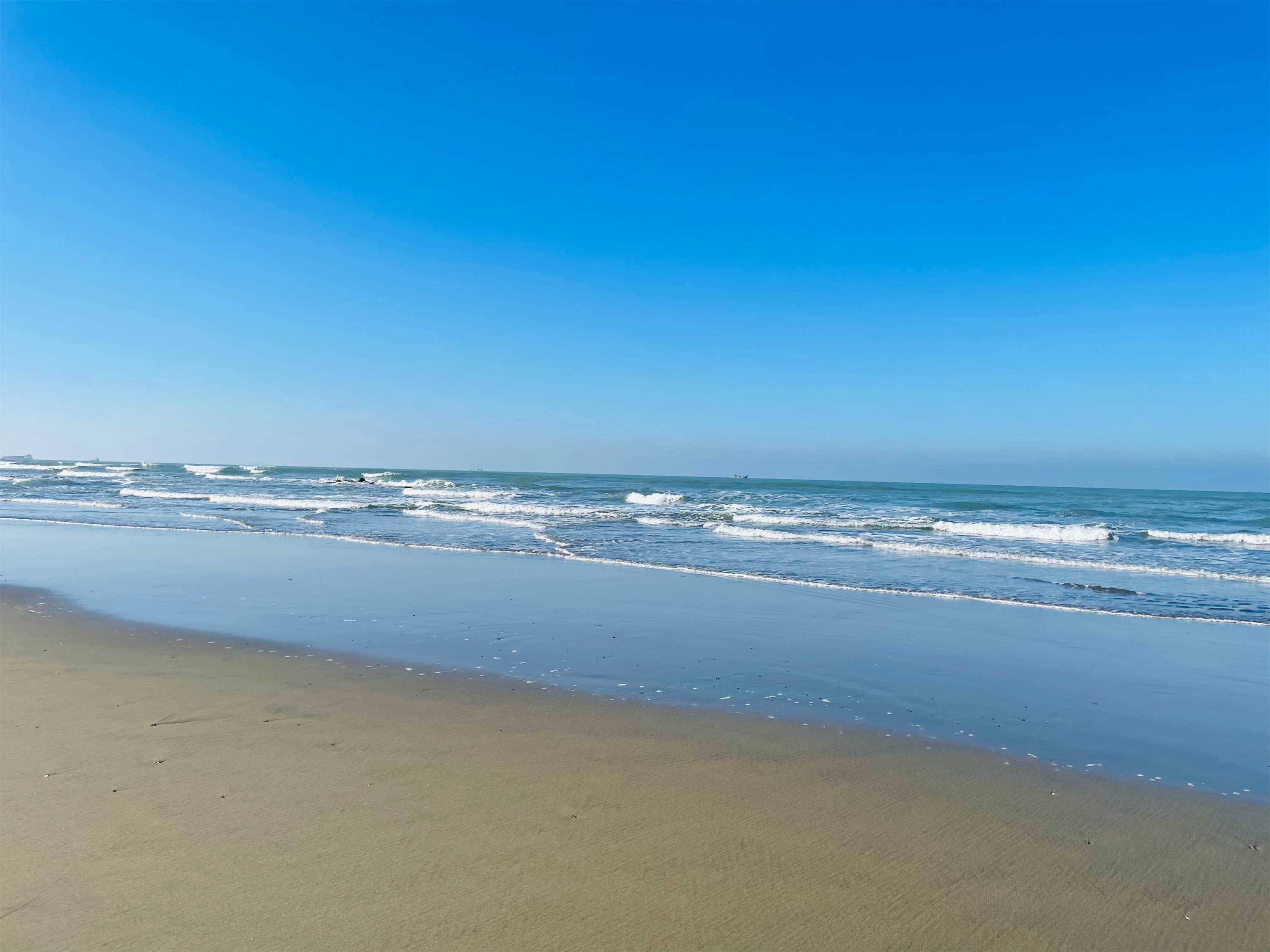The Blue Nile Gorge, located in the heart of Ethiopia, is one of the most breathtaking natural wonders in Africa. Carved by the Blue Nile River, this dramatic canyon stretches over 400 kilometers and reaches depths of up to 1,500 meters, making it one of the deepest gorges in the world. Surrounded by lush highlands, rugged cliffs, and cascading waterfalls, the Blue Nile Gorge offers stunning landscapes, rich biodiversity, and a glimpse into Ethiopia’s natural beauty. Whether you’re marveling at the panoramic views, hiking through the rugged terrain, or exploring nearby cultural sites, the Blue Nile Gorge promises an unforgettable adventure.
Main Attractions
- The Gorge Itself: A dramatic canyon with steep cliffs, lush vegetation, and the winding Blue Nile River below.
- Portuguese Bridge: A historic stone bridge built in the 16th century, offering stunning views of the gorge.
- Waterfalls: Several waterfalls cascade into the gorge, creating picturesque spots for photography and relaxation.
- Wildlife: The area is home to diverse flora and fauna, including monkeys, birds, and unique plant species.
- Scenic Viewpoints: Numerous viewpoints along the rim of the gorge provide breathtaking panoramas.
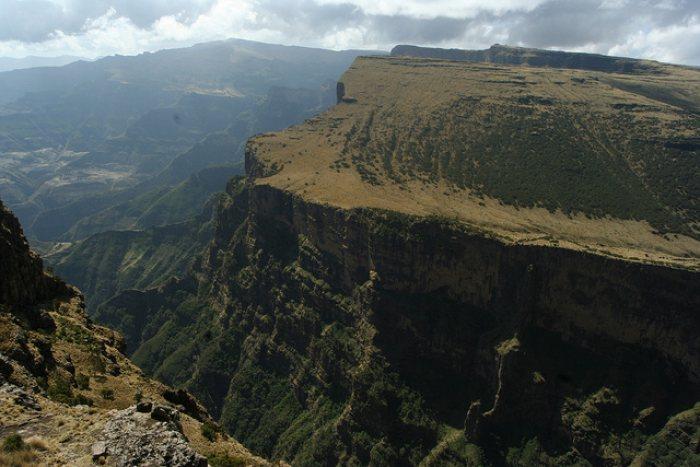
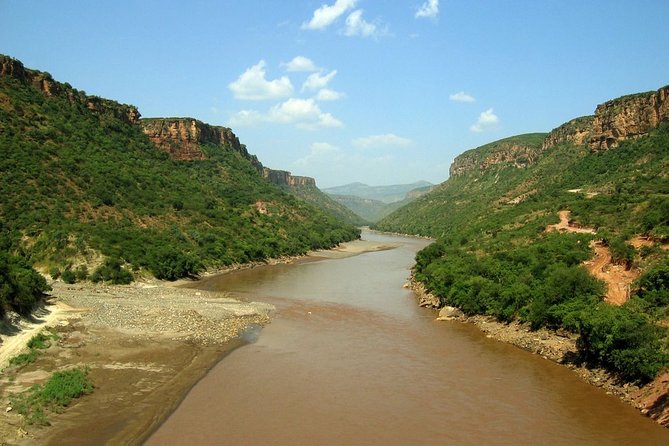
Culture
- Local Communities: The surrounding areas are inhabited by the Amhara people, known for their rich cultural traditions and hospitality.
- Historical Significance: The gorge has played a vital role in Ethiopia’s history, serving as a natural barrier and a source of inspiration.
- Religious Sites: Visit nearby monasteries and churches to learn about Ethiopia’s deep spiritual heritage.
How to Reach
- By Road: The gorge is accessible via a scenic drive from Addis Ababa (about 225 kilometers) or Bahir Dar. The journey takes approximately 4-5 hours.
- By Bus: Public buses operate between Addis Ababa and towns near the gorge, such as Debre Markos.
- By Tour: Many tour operators offer guided trips to the Blue Nile Gorge as part of their itineraries.
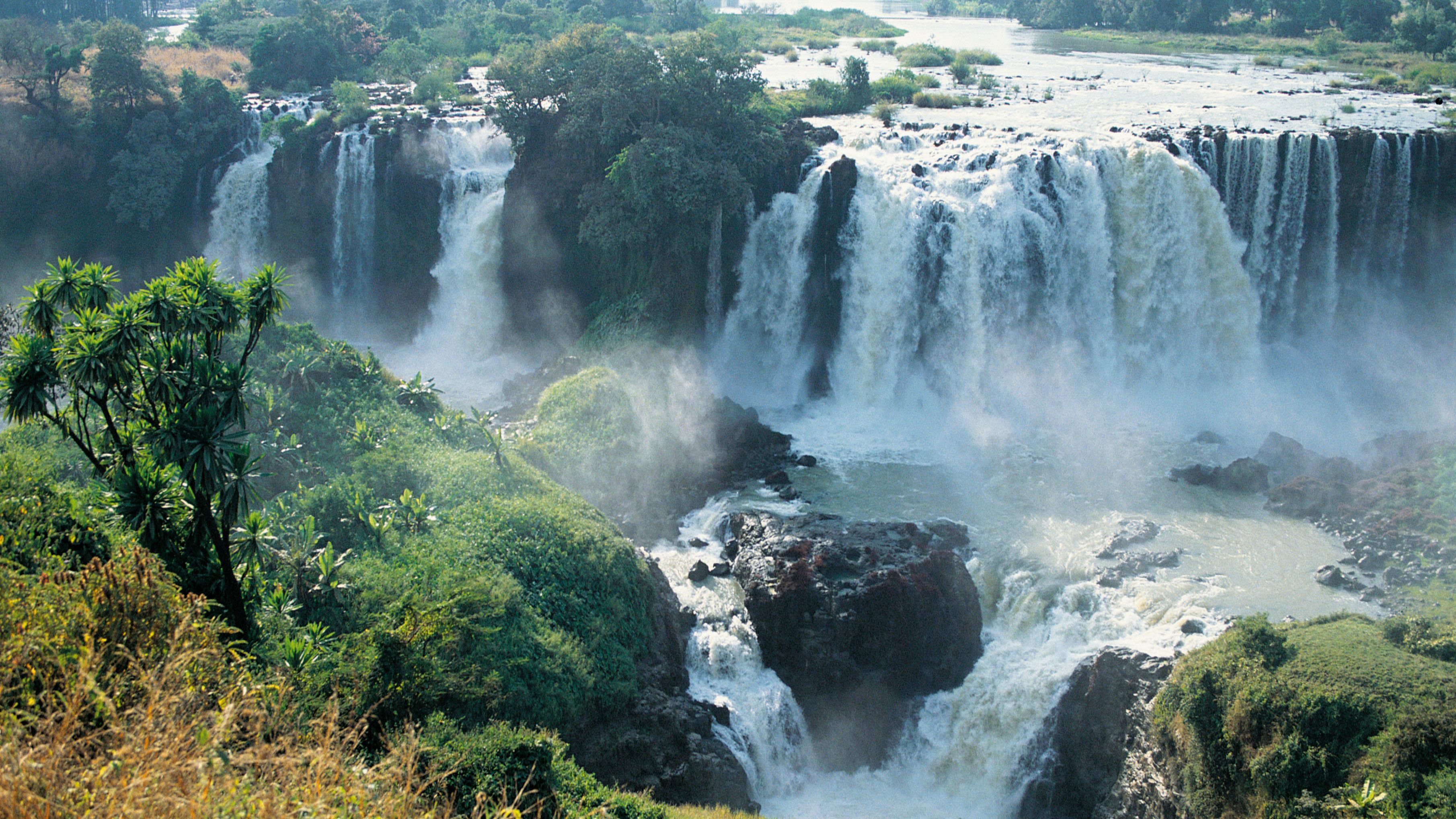
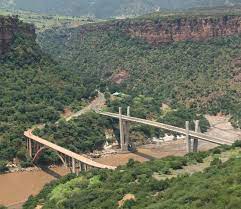
Accommodation
- Debre Markos: A nearby town with basic hotels and guesthouses.
- Bahir Dar: A larger city with a range of accommodations, located about 200 kilometers from the gorge.
- Camping: For adventurous travelers, camping near the gorge is an option, though facilities are limited.
Local Foods
- Injera: A sourdough flatbread served with spicy stews (wot) and vegetables.
- Doro Wat: A flavorful chicken stew, often considered Ethiopia’s national dish.
- Kitfo: A dish made from minced raw beef, seasoned with spices and served with injera.
- Tej: A traditional honey wine, often enjoyed during meals or celebrations.
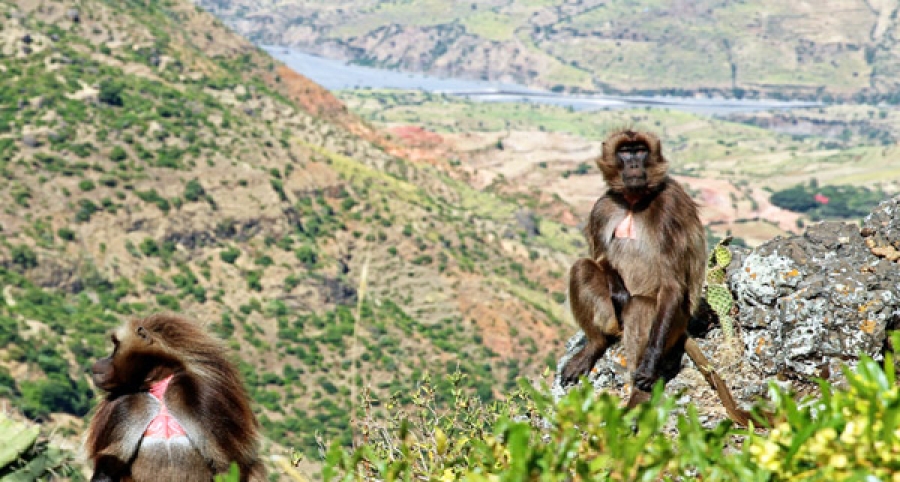
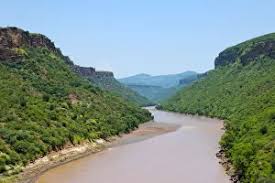
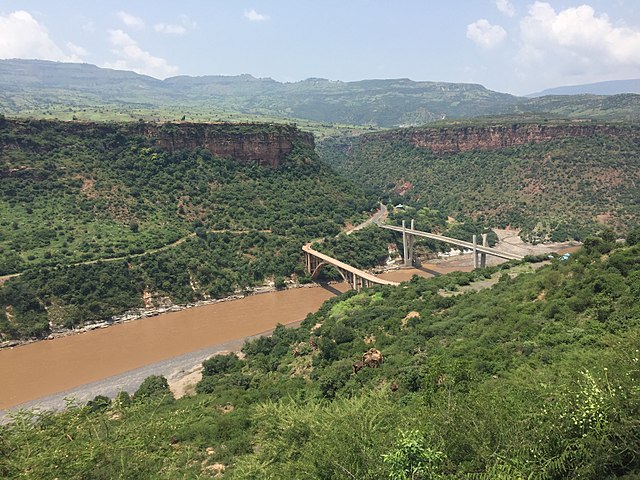
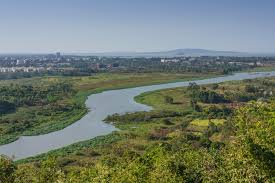
Best Time to Visit
- Dry Season (October to March): Ideal for hiking and exploring, with clear skies and mild temperatures.
- Green Season (June to September): The landscape is lush and vibrant, but rain can make trails slippery.
- Avoid Heavy Rain (July and August): The gorge can be difficult to navigate during heavy rainfall.
Where to Visit
- The Gorge Rim: Enjoy panoramic views of the canyon and the Blue Nile River.
- Portuguese Bridge: A historic site with stunning views and photo opportunities.
- Nearby Waterfalls: Explore the cascading waterfalls that feed into the gorge.
- Debre Markos: A nearby town with cultural and historical sites.
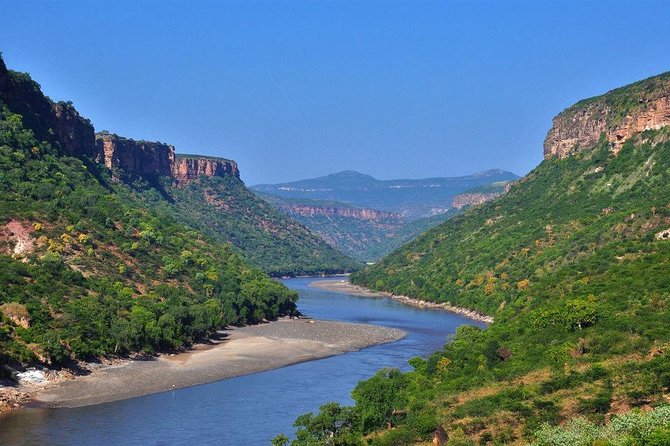
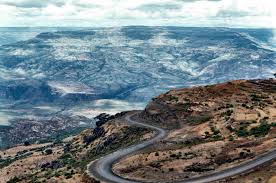
Shopping
- Local Crafts: Purchase handmade textiles, jewelry, and pottery from local markets.
- Spices and Coffee: Ethiopia is famous for its coffee and spices, which make great souvenirs.
Things to Do
- Hiking: Explore the trails along the rim of the gorge or descend into the canyon for a more challenging adventure.
- Photography: Capture the stunning landscapes, wildlife, and waterfalls.
- Birdwatching: The area is home to a variety of bird species, making it a paradise for birdwatchers.
- Cultural Tours: Visit nearby villages to learn about the Amhara people and their traditions.
- Scenic Drives: Enjoy the breathtaking views along the winding roads that lead to and from the gorge.
What to Pack
- Hiking Gear: Sturdy shoes, a backpack, and a walking stick for exploring the trails.
- Layered Clothing: Temperatures can vary, especially in the highlands.
- Sunscreen and Hat: Protect yourself from the strong sun.
- Camera: Capture the stunning landscapes and wildlife.
- Water Bottle: Stay hydrated during your adventures.

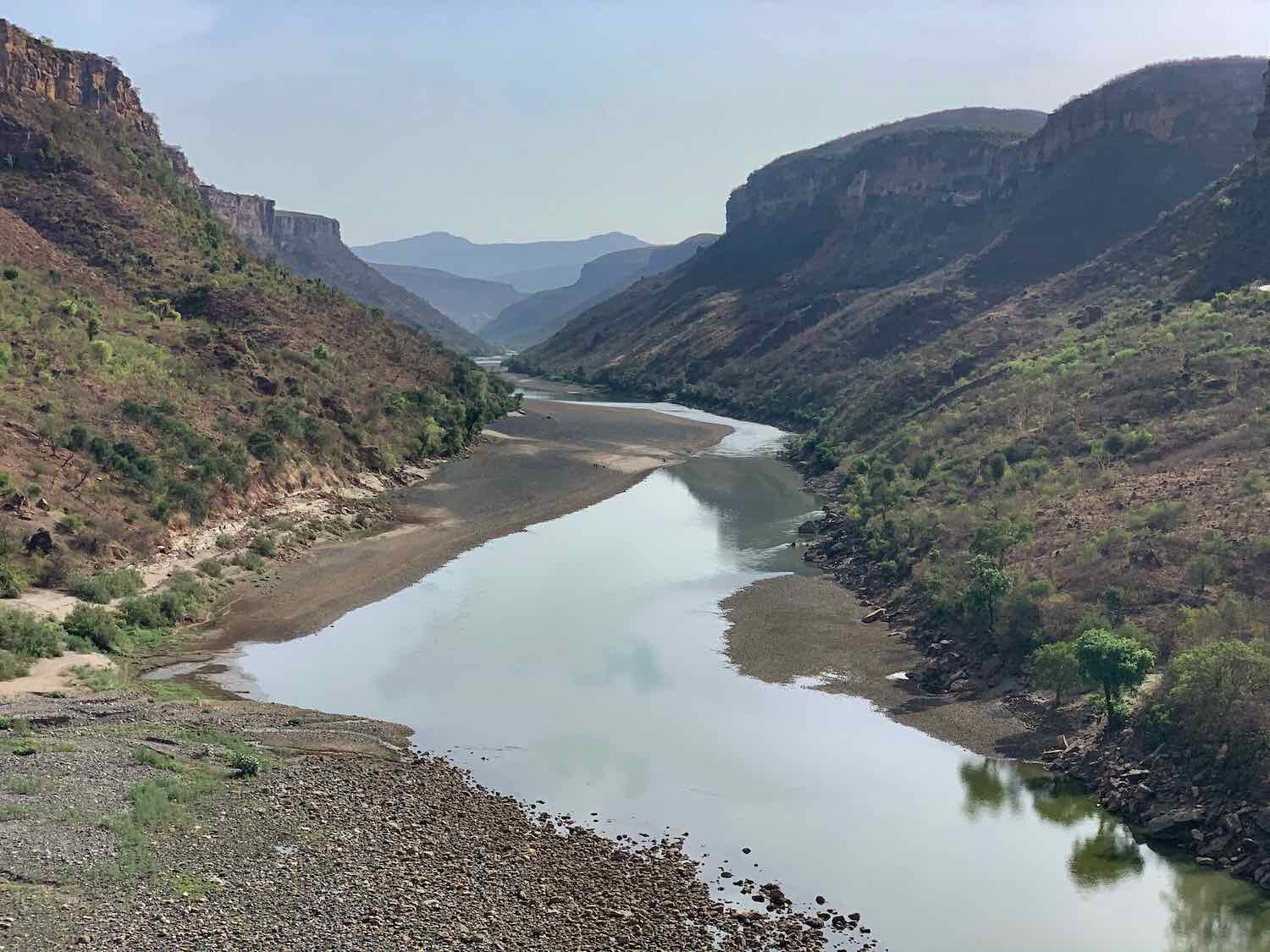
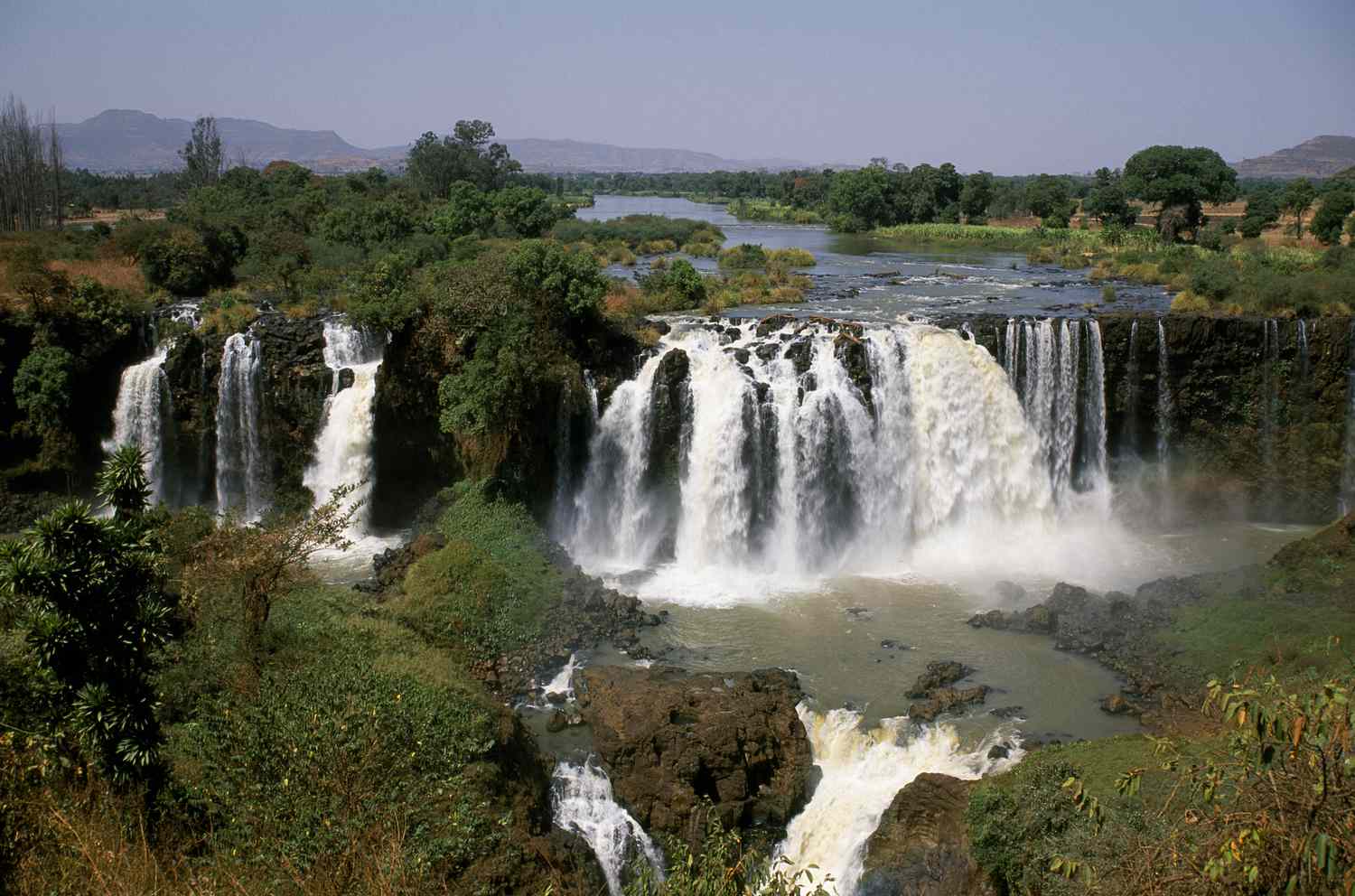
The Blue Nile Gorge is a destination that captivates with its dramatic landscapes, rich biodiversity, and cultural heritage. Its towering cliffs, lush vegetation, and winding river make it a must-visit destination for nature lovers and adventure seekers. Whether you’re hiking along the rim, exploring nearby waterfalls, or learning about local traditions, the Blue Nile Gorge promises an unforgettable experience. Start planning your trip to this natural wonder and discover the magic of Ethiopia’s highlands.
FAQs
-
Is the Blue Nile Gorge expensive to visit?
The gorge itself is free to visit, but transportation and guided tours can add to the cost. -
Do I need a guide to explore the gorge?
While not mandatory, a guide can enhance your experience and ensure your safety on the trails. -
What currency is used in Ethiopia?
The Ethiopian Birr (ETB) is the official currency. -
Is the Blue Nile Gorge safe for tourists?
Yes, the gorge is generally safe, but always follow local advice and travel in groups.

